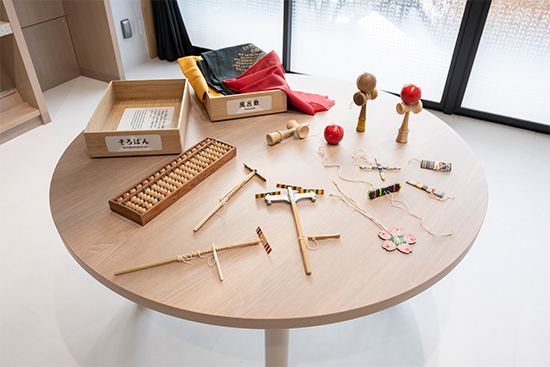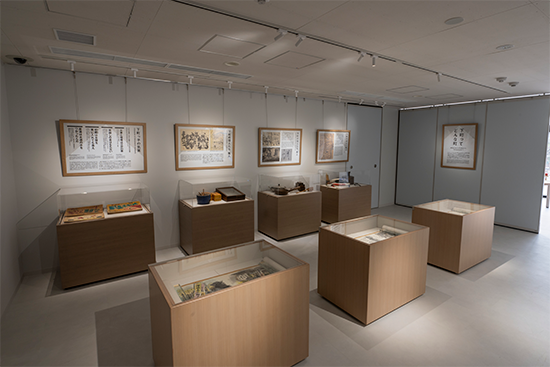Exhibitions and Events
First Floor Exhibition Room - Shitamachi Lifestyles and Living Spaces
Taito City’s Sakamoto area (currently Negishi 3-chome), along Kanasugi-dori Street, which is being recreated here, was spared by the Great Kanto Earthquake and the Great Tokyo Air Raids and Great retained strongly the appearance of the Shitamachi area from the Meiji Era onward. Here, among the front tenement houses, which served both as workplaces and living quarters, the alley and the well-side area, where passageways and living spaces intersect and the rear tenement houses used as residences, you will experience the daily activities and the lifestyles of the people who once lived in the Shitamachi area.
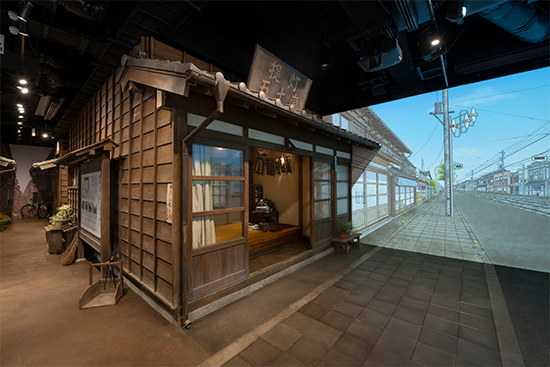
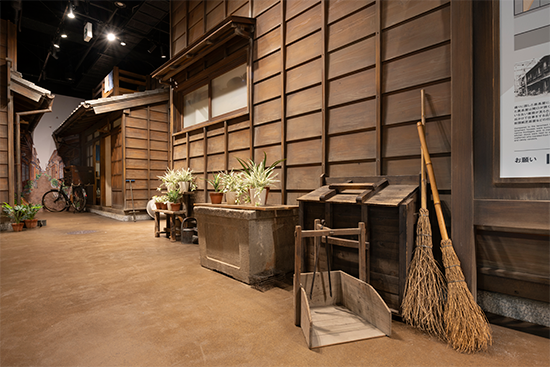
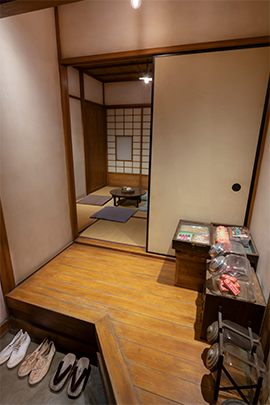
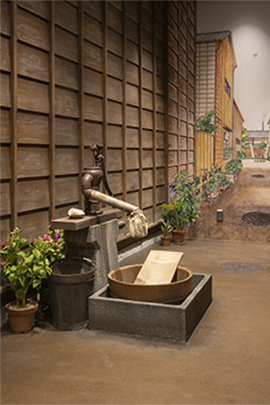
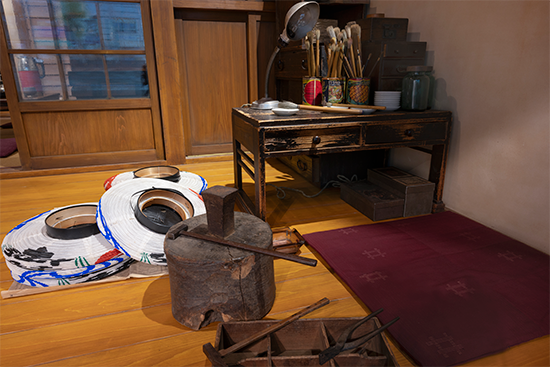
Second Floor Exhibition Room
Second Floor Permanent Exhibition: Changes in Shitamachi Over Time
The second floor hosts the permanent exhibition space. This floor displays the historical materials that bring to life the culture and events of the Shitamachi area, mainly Taito City, through the ages.
In the introductory exhibition corner, everyday items are arranged by type around a low table where families would gather. Videos are also shown on the front screen, tracing the history of Taito City, starting from the low table.
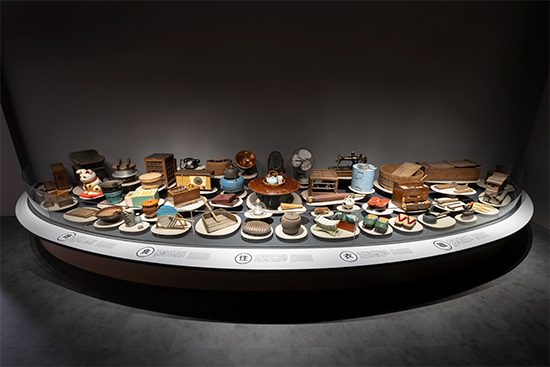
Third Floor
